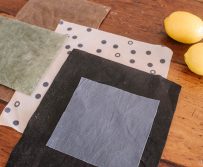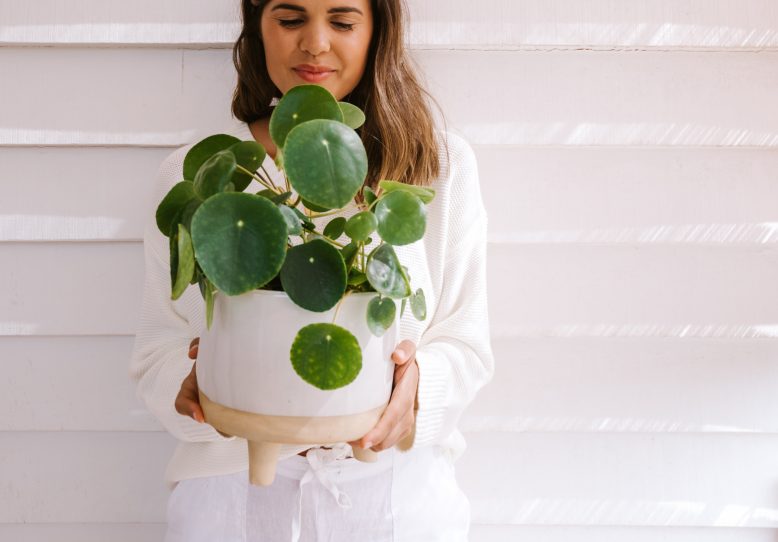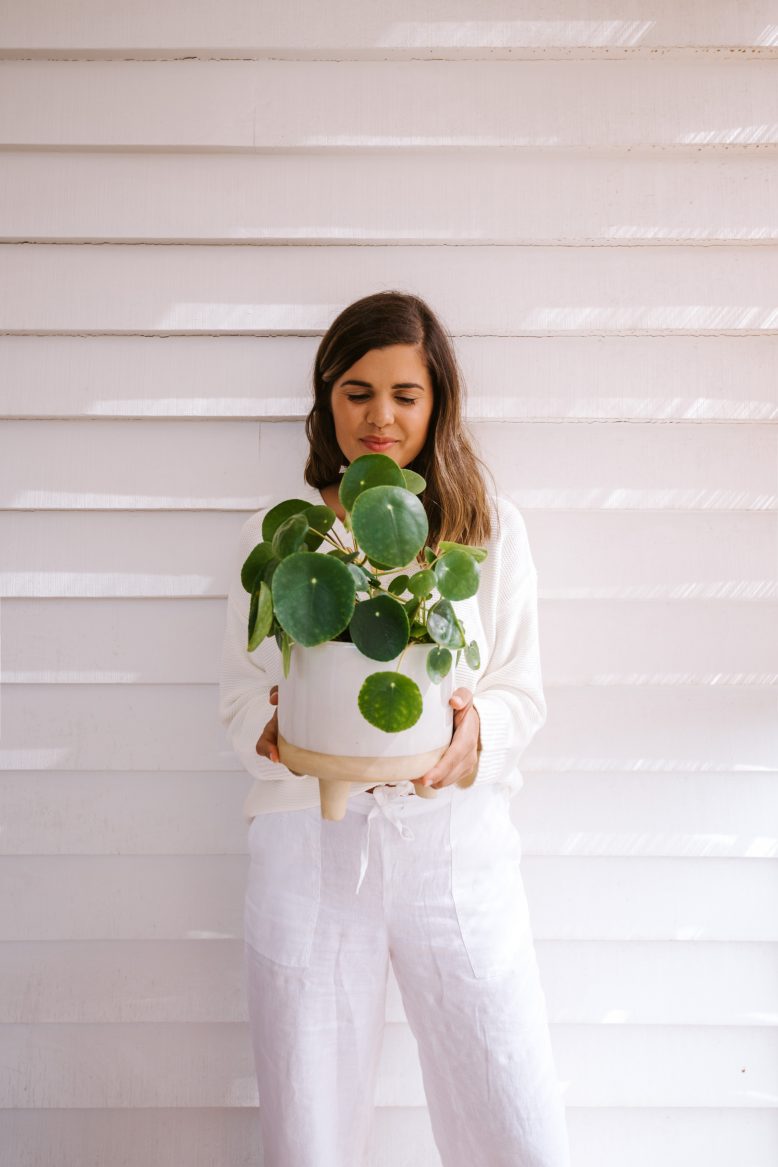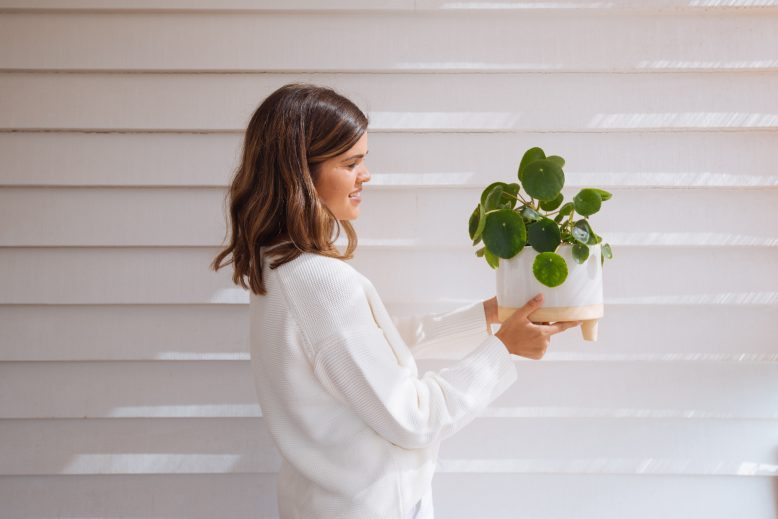The pilea has landed!
Introducing my new favourite plant. I have to admit that I’ve been considering getting a Pilea for a very long time, but was always a bit nervous about adding a new plant to my stable, which admittedly is overflowing as it is. I’ve also got my whole plant routine down, so it always takes some time to add new ones. Recently I saw a very sad looking Pilea at a garden store, with a little red tag on it that said $3. If that wasn’t a sign then I don’t know what is! I took it home and revived it from it’s sad little state to what you see here…. Interestingly, it wasn’t hard at all to grow, and has sprouted lots of new little babies. Making it a win in my book. So, in case you are looking at getting one of these gorgeous plants into your home, here are a few tips for how to care for a pilea, and make it thrive!
What is a pilea?
The Pilea (Pilea peperomioides), goes by many names! Including: Chinese money plant, UFO plant and friendship plant. It’s a very visually interesting plant that is easily distinguished by its tree-like stem and disc like leavess. It was originally brought to Norway from Yunnan, dubbed the the Chinese Money Plant, and it spread across Scandinavia because of its easy propagation.
Where should you locate your pilea?
In terms of light, the best location for a pilea is bright light, with no direct sunlight. That’s because direct sun can scorch the leaves. That said, know that a pilea does like lots of sun, just not too much direct one sun. I keep our plant on the northern side of the house where there is heaps of reflected sunlight, and not much direct light. Mine has flourished here! If you in the northern hemisphere, that will be the southern side of the house for you.
How should you care for your pilea?
Pilea need a well-draining potting soil, and a pot with drainage holes is really important. The soil needs to mostly dry out between waterings, with more watering required in warmer, hotter weather. If the leaves start to look droopy, that’s a sign that the plant needs water. Because they tend to grow towards the light, I have found that rotating the plant once a week prevents it from getting lop sided. I also like to wipe down its leaves every few weeks because those round discs can collect dust. I have been using this fertiliser, and have found that the pilea has grown a lot since I started.
Remember to propagate!
My absolute favourite thing about the pilea is that it grows little baby plants… That are actually called ‘pups’! How cuttteeee. This is part of the reason you’re probably seeing them everywhere now, they send little plant babies up through the soil, which you can separate from the mother plant. Making them easy to grow commercially and relatively inexpensive. To propagate the plant, all you have to do is follow the stem a few cm under the soil, and use a clean, sharp knife to cut the baby plant free. You can then put in a new pot and keep the soil moist, or place it in water and watch it sprout new roots. If you choose the second option, replant into a small put once the roots have grown.
Trouble Shooting Your Pilea
Overwatering: It’s important that you don’t overwater your plant, as they like to dry out completely between waterings. In fact, overwatering is the number one killer. Make sure your pot has drainage holes. If it doesn’t your plant will drown in the water that sits at the bottom. Only water your pilea when the top of the soil is dry to touch.
Underwatering: If you notice your leaves drooping, it may be because it needs to be watered.
Root Rot: If your plant is looking off, and you see mould on the surface of your soil, your plant may have root rot! Take it out of the pot and check the roots. Healthy roots are light coloured, and rot shows up in dark or mushy roots. Trim any rotten roots and repot.
Not enough light: If you notice your plants leaves start to dome, your plant may not be getting enough light.
Love plants? Us too! Check out The Best Plants For The Bathroom, How to Choose Plants, How to Care For Indoor Plants.

















